Ko-Chih Wang
3D-GANTex: 3D Face Reconstruction with StyleGAN3-based Multi-View Images and 3DDFA based Mesh Generation
Oct 21, 2024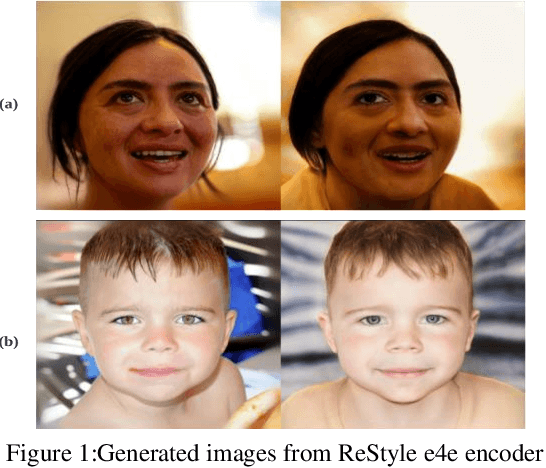
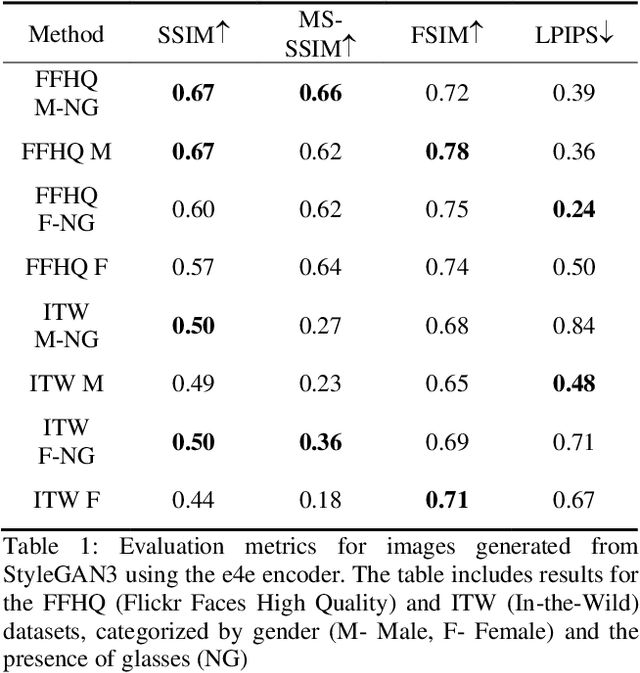

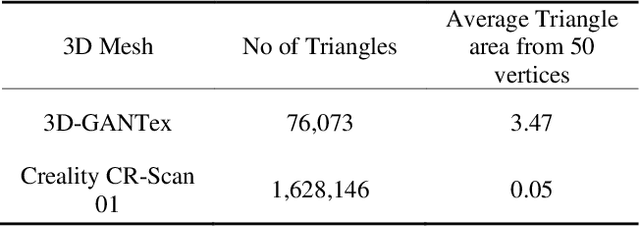
Abstract:Geometry and texture estimation from a single face image is an ill-posed problem since there is very little information to work with. The problem further escalates when the face is rotated at a different angle. This paper tries to tackle this problem by introducing a novel method for texture estimation from a single image by first using StyleGAN and 3D Morphable Models. The method begins by generating multi-view faces using the latent space of GAN. Then 3DDFA trained on 3DMM estimates a 3D face mesh as well as a high-resolution texture map that is consistent with the estimated face shape. The result shows that the generated mesh is of high quality with near to accurate texture representation.
ParamsDrag: Interactive Parameter Space Exploration via Image-Space Dragging
Jul 19, 2024Abstract:Numerical simulation serves as a cornerstone in scientific modeling, yet the process of fine-tuning simulation parameters poses significant challenges. Conventionally, parameter adjustment relies on extensive numerical simulations, data analysis, and expert insights, resulting in substantial computational costs and low efficiency. The emergence of deep learning in recent years has provided promising avenues for more efficient exploration of parameter spaces. However, existing approaches often lack intuitive methods for precise parameter adjustment and optimization. To tackle these challenges, we introduce ParamsDrag, a model that facilitates parameter space exploration through direct interaction with visualizations. Inspired by DragGAN, our ParamsDrag model operates in three steps. First, the generative component of ParamsDrag generates visualizations based on the input simulation parameters. Second, by directly dragging structure-related features in the visualizations, users can intuitively understand the controlling effect of different parameters. Third, with the understanding from the earlier step, users can steer ParamsDrag to produce dynamic visual outcomes. Through experiments conducted on real-world simulations and comparisons with state-of-the-art deep learning-based approaches, we demonstrate the efficacy of our solution.
Climate Downscaling: A Deep-Learning Based Super-resolution Model of Precipitation Data with Attention Block and Skip Connections
Mar 26, 2024



Abstract:Human activities accelerate consumption of fossil fuels and produce greenhouse gases, resulting in urgent issues today: global warming and the climate change. These indirectly cause severe natural disasters, plenty of lives suffering and huge losses of agricultural properties. To mitigate impacts on our lands, scientists are developing renewable, reusable, and clean energies and climatologists are trying to predict the extremes. Meanwhile, governments are publicizing resource-saving policies for a more eco-friendly society and arousing environment awareness. One of the most influencing factors is the precipitation, bringing condensed water vapor onto lands. Water resources are the most significant but basic needs in society, not only supporting our livings, but also economics. In Taiwan, although the average annual precipitation is up to 2,500 millimeter (mm), the water allocation for each person is lower than the global average due to drastically geographical elevation changes and uneven distribution through the year. Thus, it is crucial to track and predict the rainfall to make the most use of it and to prevent the floods. However, climate models have limited resolution and require intensive computational power for local-scale use. Therefore, we proposed a deep convolutional neural network with skip connections, attention blocks, and auxiliary data concatenation, in order to downscale the low-resolution precipitation data into high-resolution one. Eventually, we compare with other climate downscaling methods and show better performance in metrics of Mean Absolute Error (MAE), Root Mean Square Error (RMSE), Pearson Correlation, structural similarity index (SSIM), and forecast indicators.
InSituNet: Deep Image Synthesis for Parameter Space Exploration of Ensemble Simulations
Aug 18, 2019
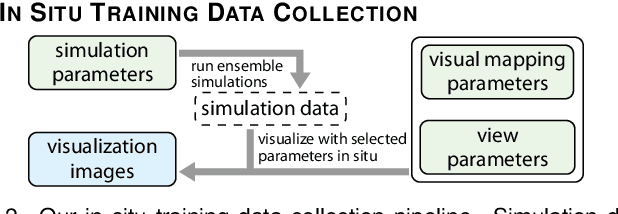
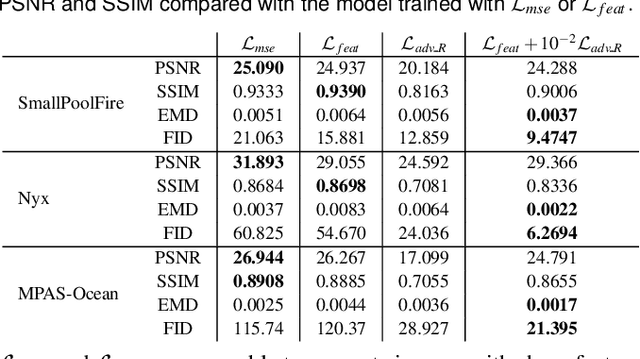
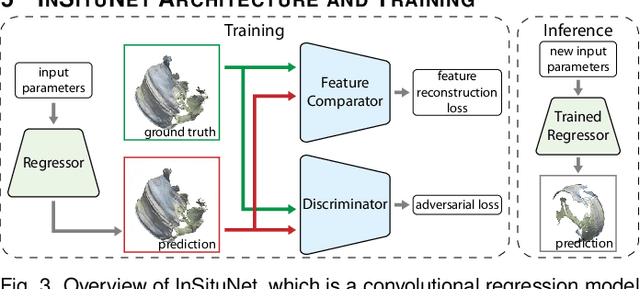
Abstract:We propose InSituNet, a deep learning based surrogate model to support parameter space exploration for ensemble simulations that are visualized in situ. In situ visualization, generating visualizations at simulation time, is becoming prevalent in handling large-scale simulations because of the I/O and storage constraints. However, in situ visualization approaches limit the flexibility of post-hoc exploration because the raw simulation data are no longer available. Although multiple image-based approaches have been proposed to mitigate this limitation, those approaches lack the ability to explore the simulation parameters. Our approach allows flexible exploration of parameter space for large-scale ensemble simulations by taking advantage of the recent advances in deep learning. Specifically, we design InSituNet as a convolutional regression model to learn the mapping from the simulation and visualization parameters to the visualization results. With the trained model, users can generate new images for different simulation parameters under various visualization settings, which enables in-depth analysis of the underlying ensemble simulations. We demonstrate the effectiveness of InSituNet in combustion, cosmology, and ocean simulations through quantitative and qualitative evaluations.
NNVA: Neural Network Assisted Visual Analysis of Yeast Cell Polarization Simulation
Apr 19, 2019
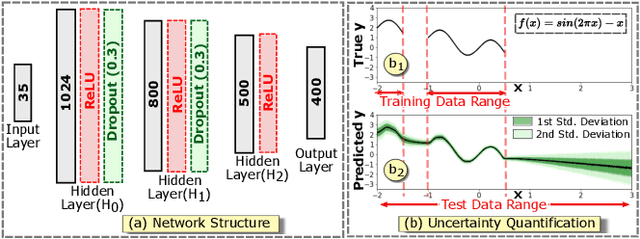

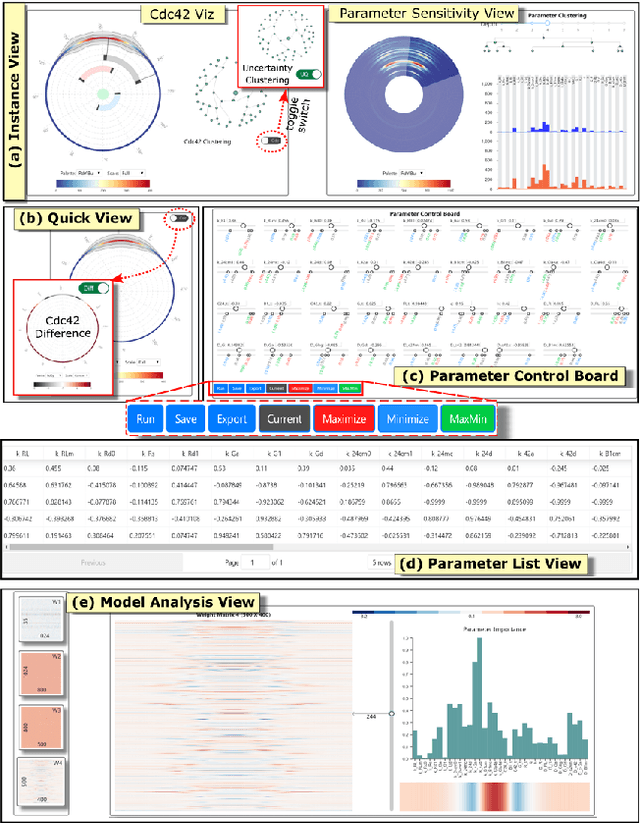
Abstract:Complex computational models are often designed to simulate real-world physical phenomena in many scientific disciplines. However, these simulation models tend to be computationally very expensive and involve a large number of simulation input parameters which need to be analyzed and properly calibrated before the models can be applied for real scientific studies. We propose a visual analysis system to facilitate interactive exploratory analysis of high-dimensional input parameter space for a complex yeast cell polarization simulation. The proposed system can assist the computational biologists, who designed the simulation model, to visually calibrate the input parameters by modifying the parameter values and immediately visualizing the predicted simulation outcome without having the need to run the original expensive simulation for every instance. Our proposed visual analysis system is driven by a trained neural network-based surrogate model as the backend analysis framework. Surrogate models are widely used in the field of simulation sciences to efficiently analyze computationally expensive simulation models. In this work, we demonstrate the advantage of using neural networks as surrogate models for visual analysis by incorporating some of the recent advances in the field of uncertainty quantification, interpretability and explainability of neural network-based models. We utilize the trained network to perform interactive parameter sensitivity analysis of the original simulation at multiple levels-of-detail as well as recommend optimal parameter configurations using the activation maximization framework of neural networks. We also facilitate detail analysis of the trained network to extract useful insights about the simulation model, learned by the network, during the training process.
 Add to Chrome
Add to Chrome Add to Firefox
Add to Firefox Add to Edge
Add to Edge